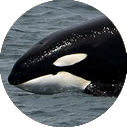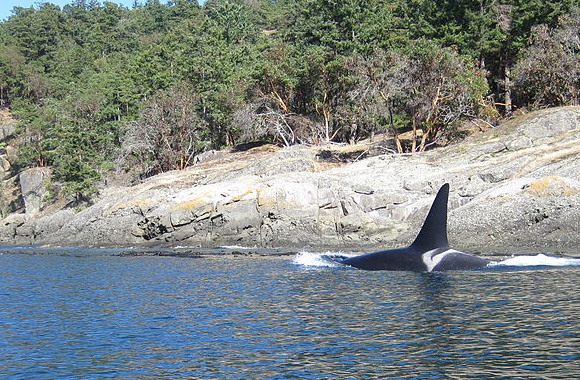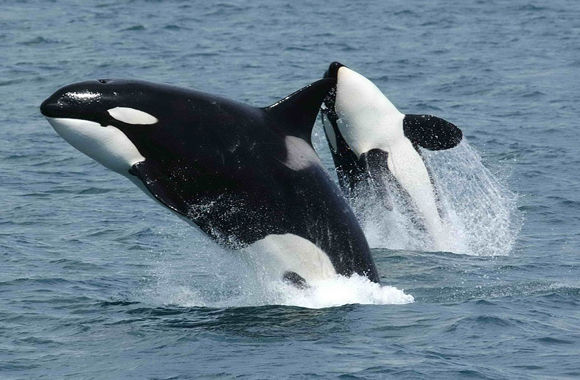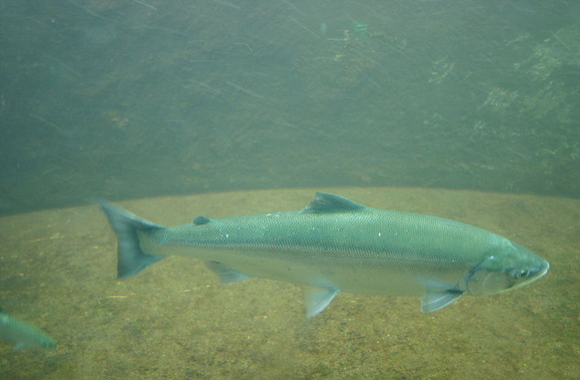About
Orcas, also known as “killer whales,” grabbed the world’s attention in the acclaimed 2013 documentary Blackfish, which galvanized public outrage against the mistreatment of orcas at SeaWorld. On March 17, 2016, due to pressure applied by various conservation groups and the impact on its bottom line, SeaWorld abruptly announced its decision to end the breeding of orcas at all of its marine park facilities and to phase out its theatrical orca shows by 2019. However, the company still owns orcas (29 at the time of SeaWorld’s announcement), who are housed in restrictive, inadequate captive environments, which continue to compromise their welfare. And in 2017, Tilikum, a captive orca who was featured in Blackfish, died after decades of being exploited by marine parks. Born Free continues to urge SeaWorld to seek higher welfare standards for its orcas and to relocate them to a sea pen marine sanctuary.
Orcas are highly intelligent and lead complex social lives, which make them especially unsuitable for captivity. In the wild, they live in permanent mother-led groups that form extended families called pods. Each pod has its own distinct dialect of calls, clicks, and whistles.
The black and white orca is the largest member of the dolphin family. Orcas are also one of the ocean’s fastest mammals and can reach speeds of 35 mph.
Visit our Zoos and Aquaria webpage to learn more »
“Displays in which killer whales are forced to perform demeaning tricks are anything but inspirational.”
Will Travers, President of Born Free

Orcas
Status
IUCN Red List classification: Data Deficient
CITES status: Appendix II
Endangered Species Act Status: Endangered
Population
Estimated number remaining in the wild: Data not available (but it is thought that the number is more than 50,000).
Population decline of orcas: Data not available. Visit the International Union for Conservation of Nature (IUCN) webpage for more information.
Location
Orcas are found in all of the world’s oceans, but especially in food-rich areas. They are most common in cold water zones of high marine productivity, in both coastal waters and open seas, particularly at higher latitudes (in the Arctic and Antarctic, and off the west coast of the U.S. and Canada).
Size
An adult male can grow to 30 feet long and weigh a colossal 10 tons (20,000 pounds). Females can grow up to 21 feet long and weigh 4-6 tons (8,000-12,000 pounds).
Fun Fact
Not all orcas, and their pods, have the same diet. Since they are found to live in cold ocean waters throughout the world, each orca's (and/or their pod) diet is habitat specific. In certain regions, the diet may consist of sea lions, walruses, seals, and penguins, such as transient pods. While other diets may consist of fish, squid, and octopus, such as resident pods.
Orca pods can be known as a resident pod or a transient pod. A resident pod is one that lives near coastal waters throughout the year. Whereas a transient pod, is one that constantly moves throughout the oceans.


